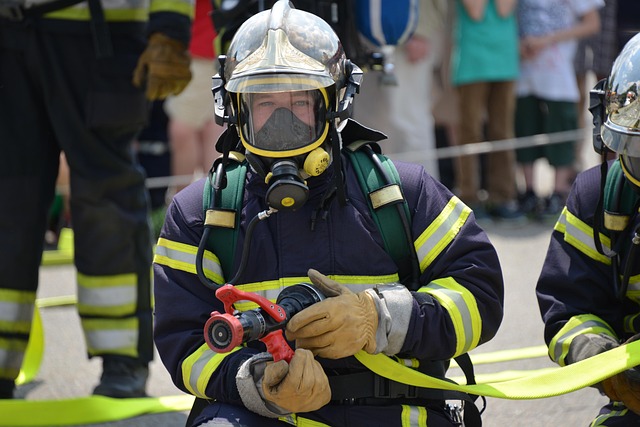Texas homeowners dealing with fire damage should prioritize thorough documentation, including photos and repair records, for their insurance claims. Promptly contact insurers, provide detailed restoration estimates from qualified contractors, and maintain comprehensive records. Ceiling restoration goes beyond aesthetics; it ensures structural integrity and a safe living environment. Replace contaminated materials first, choose high-quality fire-resistant options, and maintain open communication with professionals and insurers throughout the process for successful claim management.
“In the event of a fire, your home’s ceiling often bears the brunt of the damage. Understanding how to navigate fire restoration is crucial for Texas homeowners. This comprehensive guide delves into the intricacies of dealing with fire damage and insurance claims, offering valuable insights and tips.
From assessing fire damage to efficiently restoring ceilings, we provide essential information to help Texas homeowners manage this challenging situation. Discover practical steps to ensure a smooth recovery process and reclaim your space.”
- Understanding Fire Damage and Ceiling Restoration in Texas Homes
- Navigating Insurance Claims for Fire Restoration Costs
- Tips for Efficient and Effective Ceiling Restoration Post-Fire Damage
Understanding Fire Damage and Ceiling Restoration in Texas Homes

Fire damage can leave a devastating trail in its wake, particularly within the confines of a home. In Texas, where homes are susceptible to both wildland and structural fires, ceiling restoration after a fire is a critical step in the recovery process. Homeowners should understand that fire damage extends beyond visible charred surfaces; it can include hidden issues like charred insulation, damaged drywall, and compromised structural integrity.
When navigating a fire damage insurance claim, Texas homeowners are encouraged to document their losses thoroughly. This involves taking photos of the affected areas, keeping records of repairs, and consulting with professionals who specialize in fire restoration. With the right approach, homeowners can ensure that their ceiling is not only restored to its pre-fire condition but also strengthened to better withstand future potential hazards.
Navigating Insurance Claims for Fire Restoration Costs

Navigating insurance claims for fire restoration costs can be a complex process, especially for Texas homeowners. The first step is to thoroughly document the damage by taking photos and videos of affected areas. This visual evidence will become crucial when submitting your fire damage insurance claim tips. Contact your insurance provider as soon as possible to begin the claims process, as timely filing can ensure faster reimbursement.
Be prepared to provide detailed information about the restoration work required, including estimates from qualified contractors. Insurance companies may send out adjusters to inspect the property and assess the scope of repairs needed. Keep records of all communication and documentation throughout the claim process. Understanding your policy coverage and deductibles is essential, as well as being aware of any specific requirements or deadlines set by your insurance provider for fire damage insurance claims in Texas.
Tips for Efficient and Effective Ceiling Restoration Post-Fire Damage

After a fire, restoring your ceiling isn’t just about repairing structural damage; it’s also crucial for creating a safe, healthy living environment and potentially aiding in your fire damage insurance claim process. Here are some tips to ensure efficient and effective ceiling restoration post-fire damage. First, assess the extent of the damage with a professional. This step is vital as it helps you understand what needs to be replaced and can impact your insurance claim. Remember that Texas homeowners should document every aspect of the fire damage for their insurance providers.
Once assessed, prioritize materials that are beyond repair. Ceiling tiles, drywall, and insulation often suffer severe damage from smoke, heat, and water used during firefighting. Consider replacing these to prevent potential health issues caused by contaminated materials. Use high-quality replacements and ensure proper installation to create a durable, fire-resistant ceiling. For aesthetics, choose finishes that match your original ceiling design, keeping in mind the specific requirements for areas near heating vents or light fixtures. Lastly, maintain excellent communication with your restoration team and insurance company throughout the process.
In the wake of fire damage, Texas homeowners face a challenging yet manageable path to restoration. By understanding the extent of fire damage and navigating insurance claims efficiently, owners can restore their homes, including ceiling repairs, with expert guidance. Adopting proactive measures post-fire ensures a seamless recovery process, offering peace of mind and a chance to rebuild stronger. For Texas residents, these steps provide a clear direction towards reclaiming their spaces after fire damage, making it an essential guide for navigating this critical phase.
